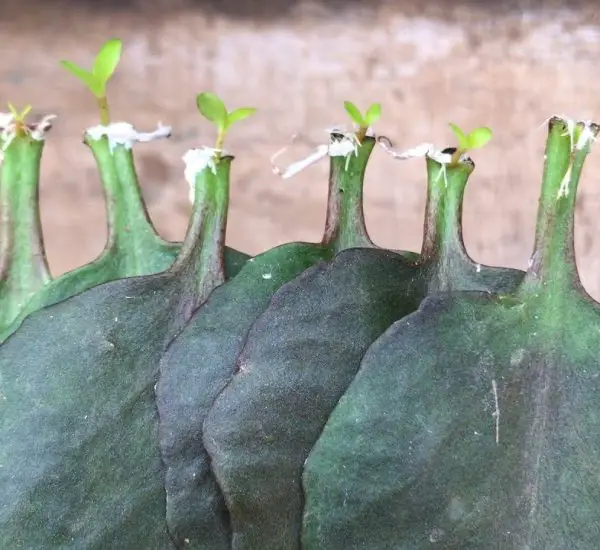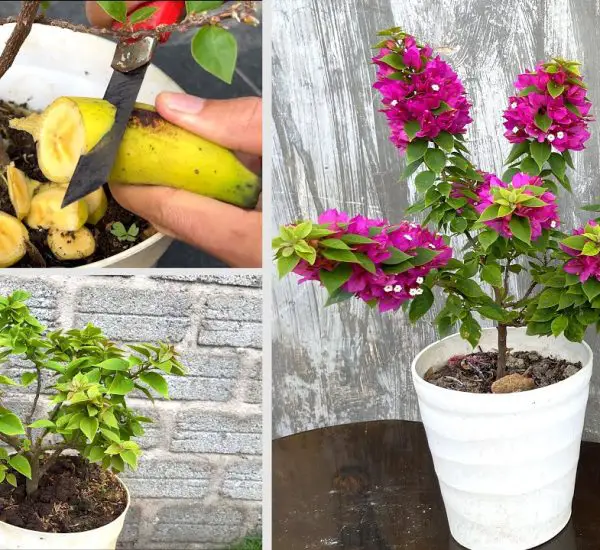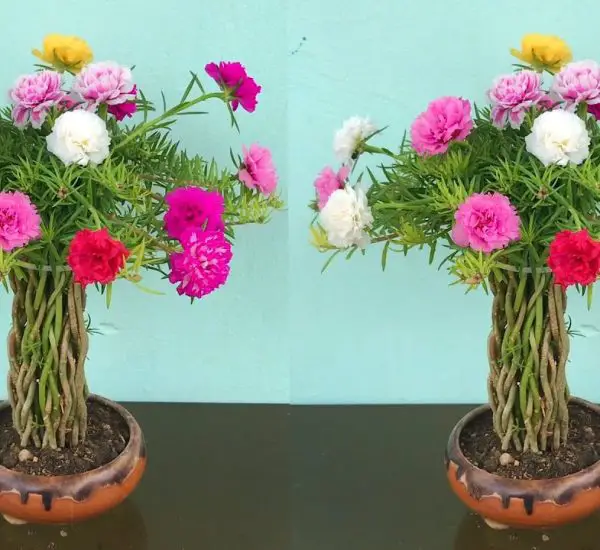Propagating rose bushes from cuttings is a rewarding and cost-effective way to expand your garden. Follow these easy steps to successfully take and grow rose cuttings.
Best Time to Take Rose Cuttings
The ideal time to take rose cuttings is during late spring to early summer when the plant is actively growing. However, you can also take cuttings in late autumn after the first frost when the plant is dormant.
Materials Needed
- Sharp, sterilized pruning shears
- Rooting hormone powder (optional but recommended)
- Small pots or seed trays
- Well-draining potting mix or a mix of perlite and peat moss
- Plastic bag or a mini greenhouse
- Watering can
Step-by-Step Instructions
1. Select Healthy Stems
Choose a healthy, non-flowering stem from the current year’s growth. The stem should be about the thickness of a pencil and at least 6 inches long.
2. Make the Cut
Using sharp, sterilized pruning shears, cut the stem at a 45-degree angle just below a node (the point where a leaf is attached). The cutting should be 6-8 inches long with at least 3-4 leaf nodes.
3. Remove Lower Leaves
Strip off the leaves from the lower half of the cutting, leaving at least two sets of leaves at the top. This reduces water loss and focuses the plant’s energy on root development.
4. Apply Rooting Hormone
Dip the bottom end of the cutting into rooting hormone powder. This step is optional but can significantly increase the success rate of root development.
5. Prepare the Pot
Fill a small pot or seed tray with a well-draining potting mix or a mix of perlite and peat moss. Water the soil thoroughly and let it drain.
6. Plant the Cutting
Make a hole in the soil with a pencil or stick and insert the cutting about halfway into the soil. Firm the soil around the cutting to ensure it stays upright.
7. Create a Humid Environment
Cover the pot with a plastic bag or place it in a mini greenhouse to create a humid environment. This helps retain moisture and encourages root growth. Ensure the plastic does not touch the leaves to prevent fungal diseases.
8. Watering
Keep the soil consistently moist but not waterlogged. Water the cutting gently to avoid disturbing the rooting process.
9. Provide Indirect Light
Place the pot in a location with bright, indirect light. Avoid direct sunlight as it can scorch the cutting.
10. Monitor and Wait
Check the cutting regularly for signs of new growth, which indicates root development. This process can take several weeks to a few months.
11. Transplanting
Once the cutting has established a healthy root system and shows significant new growth, transplant it into a larger pot or directly into the garden.
Tips for Success
- Sanitize Tools: Always use clean, sterilized tools to prevent the spread of diseases.
- Healthy Parent Plant: Ensure the parent rose bush is healthy and free from diseases or pests.
- Patience: Rooting can take time, so be patient and avoid disturbing the cutting unnecessarily.
- Gradual Acclimation: Gradually acclimate the new plant to outdoor conditions if you plan to transplant it outside.
By following these easy instructions, you can successfully propagate your rose bushes and enjoy beautiful blooms year after year.



